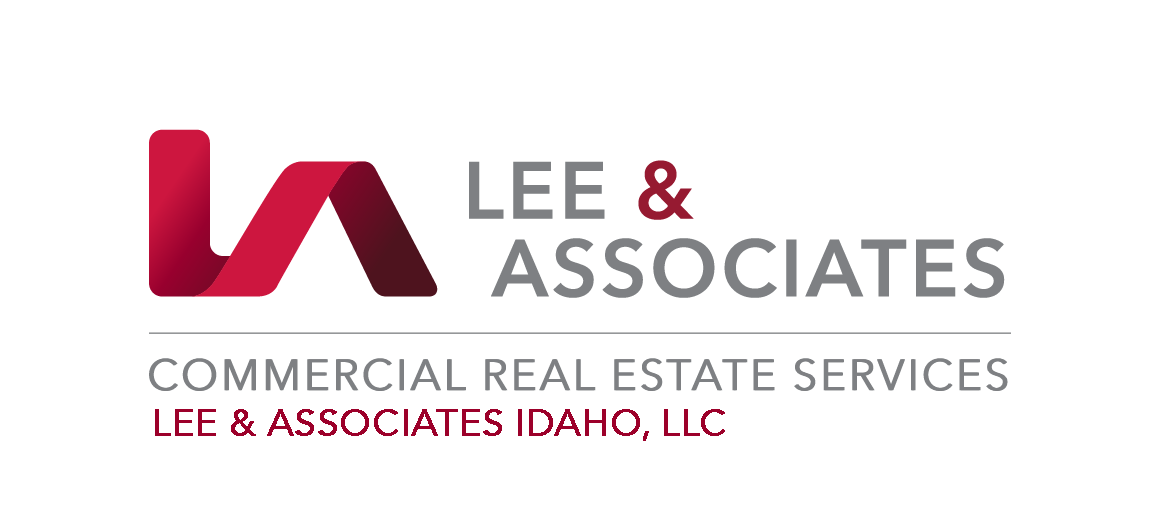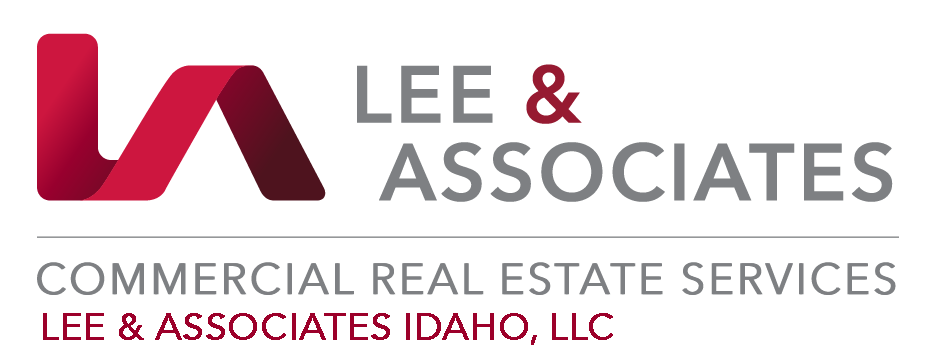ULI: Emerging Trends in Real Estate® 2023: United States and Canada
/Dig deeper into this year’s “places to watch” from the top real estate hotspots to a possible Sun Belt “cool-down.”
Featuring the latest data from almost 1,500 industry experts, the report is a key indicator of the sentiment steering real estate and investment and development trends around the globe.
Top Three Take Aways:
There is a “new normal” for real estate markets after all the pandemic-fueled market distortion. Learn why the 1,500 leading industry experts interviewed for the ULI and PwC US Emerging Trends in Real Estate® 2023 report remain upbeat about the sector as it “normalizes” despite economic shifts, behavioral changes from work at home, and environmental, social, and governance (ESG) concerns affecting decisions on where and when to invest.
Discover the top 10 real estate markets to watch. Find out how Sun Belt “Supernova” Nashville managed to repeat its position as the nation’s top market, learn about Boston’s success in leveraging its world-class concentration of higher education to become a world leader in life sciences, and hear which other markets are on the rise.
Some still like it hot, but the Sun Belt may be cooling. Nine of the top 10 markets to watch remain in the Sun Belt. The average year-round high temperature among the five top-rated U.S. real estate markets is a balmy 76 degrees Fahrenheit, almost 20 degrees warmer than the 57-degree average in the bottom five markets. Get expert insight into which of these hypergrowth markets are now experiencing growing pains as their success demands greater investment in infrastructure and regional planning to facilitate growth if they are to keep their appeal.


